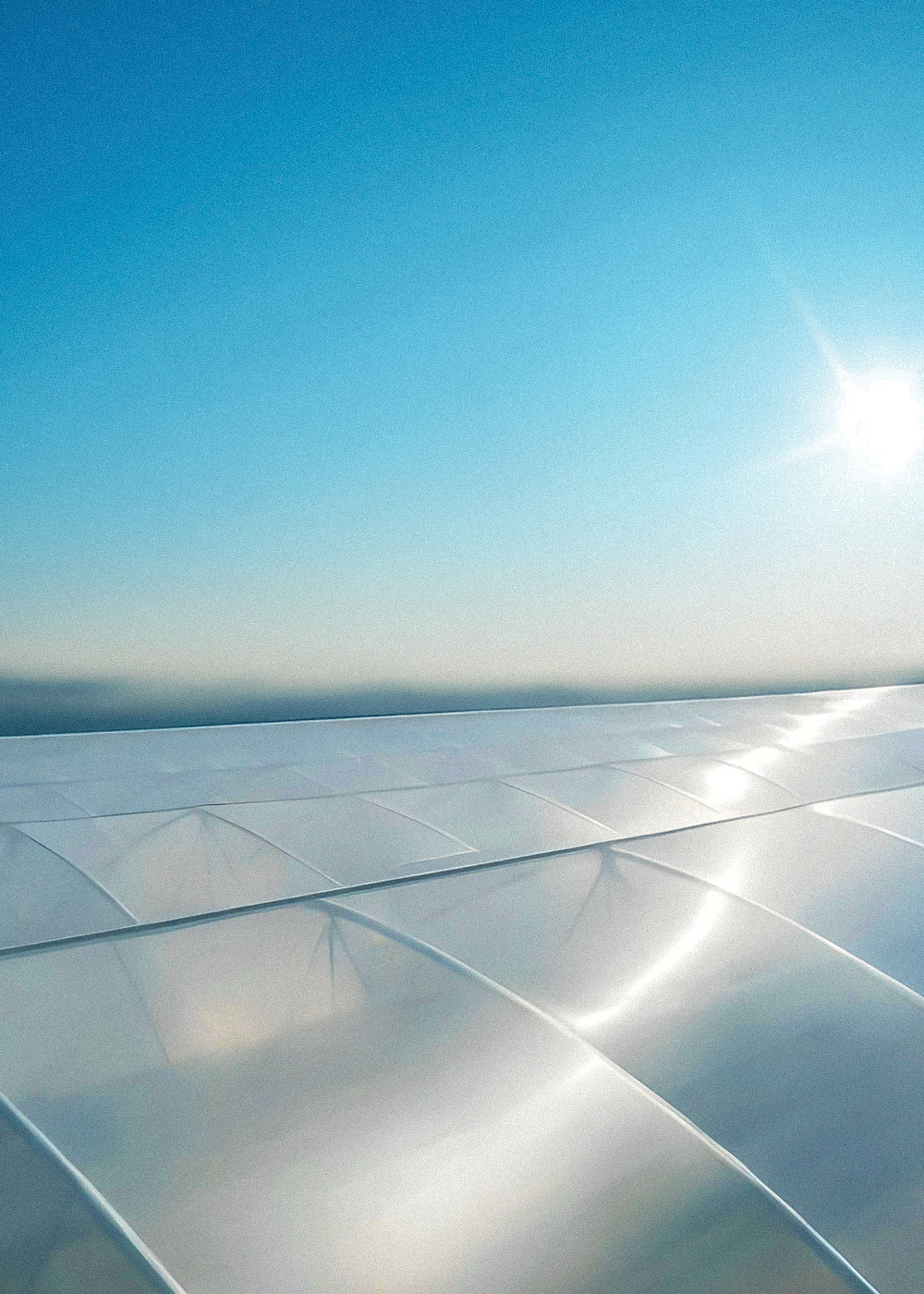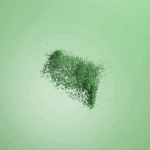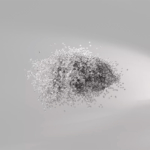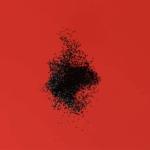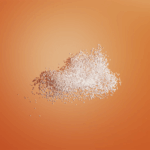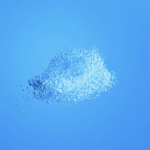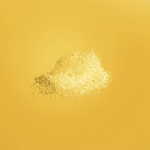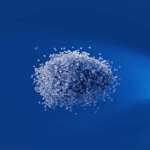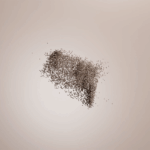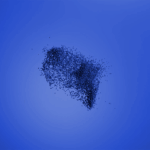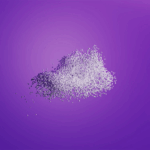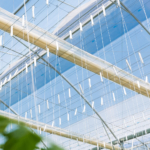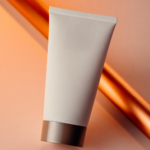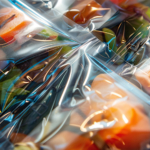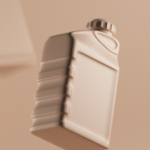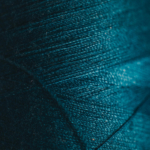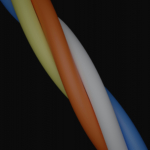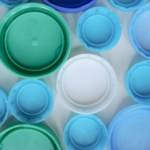SHIELD YOUR PRODUCT
There are three main classes of UV-Stabilizers:
1. HALS (HINDERED AMINE LIGHT STABILIZERS)
This is the most modern class of UV-Stabilizers. They mainly act by “free radical scavenging”, i.e. by interrupting the propagation of chain reactions that cause degradation of the polymer, thus retarding the ageing process.
There are four main kinds of HALS used in polyolefin applications:
- Low Molecular Weight HALS
- High Molecular Weight HALS
- NOR HALS
- High Molecular Weight HALS with a narrow molecular weight distribution
High Molecular Weight HALS are more compatible with polymers, have lower volatility and tendency to migrate, better extraction resistance and better contribution to heat stability.
HALS have shown outstanding efficiency in most applications. In the presence, however, of sulfur or halogen containing organic compounds (pesticides, flame retardants, pigments etc.), they risk having their efficiency considerably reduced due to chemical interactions with these substances, leading to early failure.
NOR HALS is an advanced type of HALS with improved resistance to chemicals. It can offer effective protection to plastic products in contact with sulfur, halogens or other acidic substances, as in the case of greenhouses where sulfur is used for crop protection and stadium-seats with flame retardants.
2. UV ABSORBERS
These products mainly act by absorbing the UV radiation and dissipating it into thermal energy, thus preventing its absorption by the polymer. UV Absorbers are more effective in thick/unpigmented products, especially in combination with a HALS or Ni-quencher.
It should be noted that UV Absorbers are not so effective in pigmented products, as most pigments reflect or absorb themselves the UV radiation. They can be useful however in some cases for protecting certain pigments from fading.
3. NI-QUENCHERS
They are Nickel organic complexes that act mainly by deactivating excited polymer states and dissipating the energy in harmless forms. Ni-quenchers impart a greenish shade to the products they stabilize, which is undesirable for pigmented articles. Ni-Quenchers have proven to be efficient UV stabilizers for LDPE greenhouse films, their main advantage being that they are not affected by sulfur.
PE, PP, PET, styrenics, PC and other polymers based on application.
Granules for easy dosing and uniform dispersion.
It is dependent on polymer type, thickness, geographical area of exposure and desired lifetime of end product.
Suitable for extrusion, injection molding, blow molding, fibers and film production.
Mulch films, greenhouse films, silage films, shade nets, and other protective films.
Ground covers, geotextiles, erosion control fabrics, drainage layers, and landscaping fabrics.
Furniture, playground equipment, garden accessories, and sports components.
Pipes, profiles, sheets, panels, roofing sheets, tanks, fencing, and cable insulation.
Exterior trims, bumpers, dashboards, and interior parts exposed to sunlight.
Bottles, containers, crates, pallets, and films requiring stability under sunlight.
Sacks, bale nets, shade nets, big bags, and tapes.
Proven protection.
